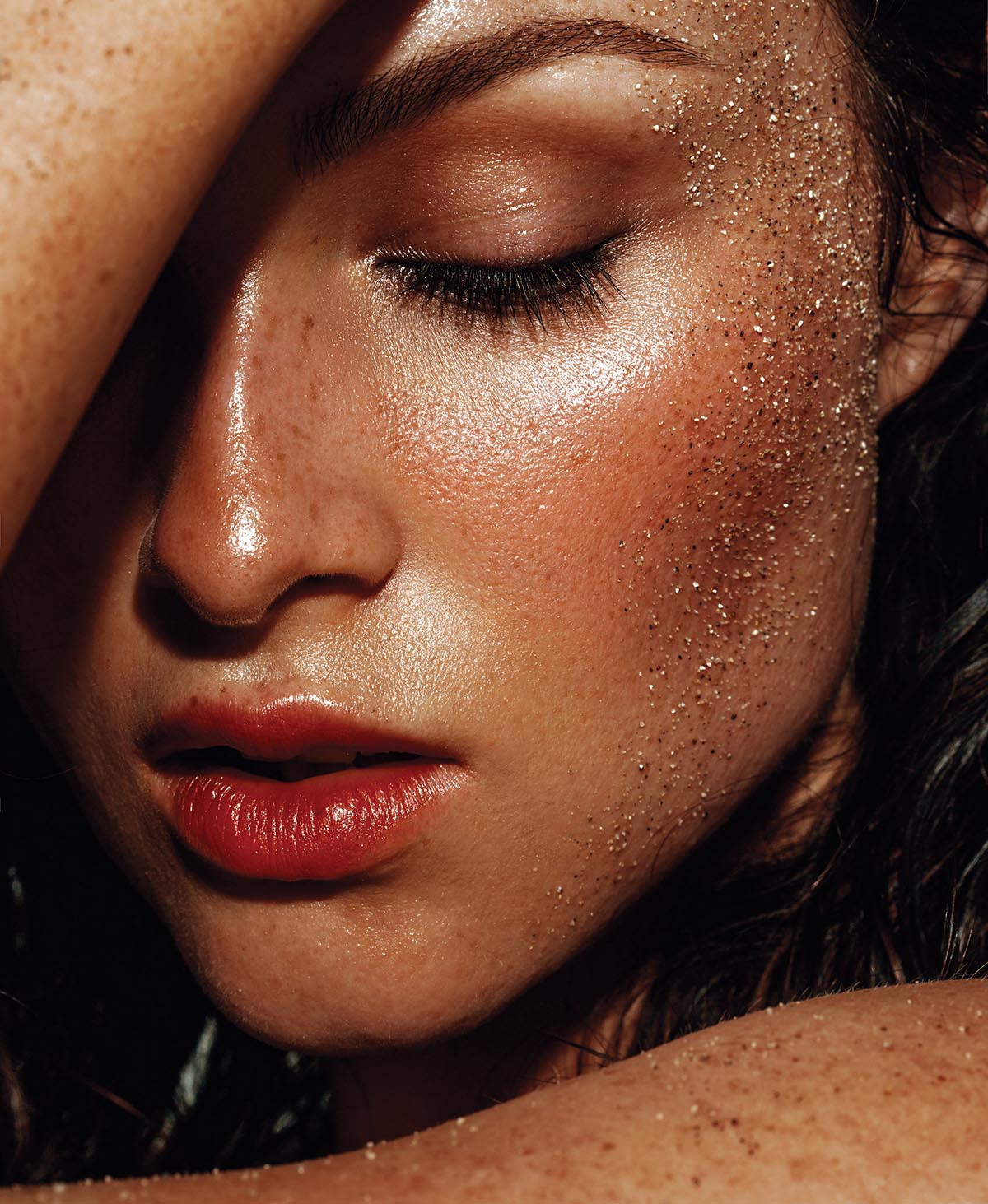
When Julia Kuzmenko McKim first teamed up with her makeup artist, they were both relatively new to the beauty photography scene. The makeup artist went all out applying false eyelashes, foundation, powder, and eye makeup to models and drawing in brow hairs, similar to the looks she created for clients’ red carpet events and weddings. According to McKim, it took some time before both she and the makeup artist realized this wasn’t a good approach for beauty photography.
After each session, McKim downloaded and analyzed the photos, then texted screenshots to her makeup artist. When foundation could be seen clumping in the lines under models’ eyes, they switched to powder. But that was difficult to retouch in a way that looked natural. Next, concealer was applied but only to blemishes. Again, McKim found that retouching a covered blemish was more problematic than retouching a naked blemish.
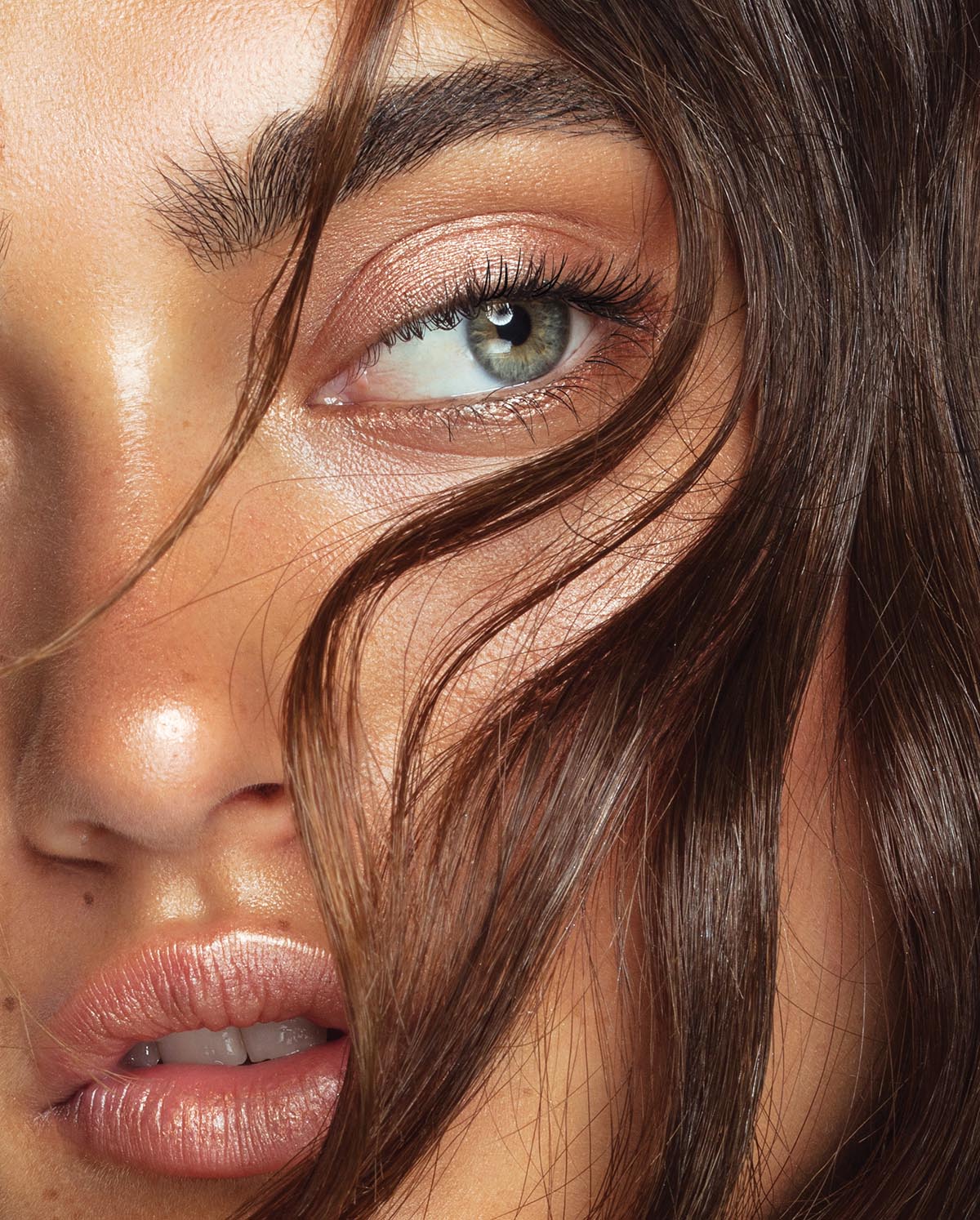
“So, we are left with bare skin. Nothing. And then we shoot, and the skin looks dull and unattractive,” McKim says. At that point, the makeup artist pivoted. She began with a pre-session hydrating skin mask followed by a quick massage of the model’s face. Instead of foundation, powder, or concealer, she applied facial oil that she then wiped away to ensure a dewy but not oily look. The model’s T-zone was blotted to remove shine and a creamy highlighter was applied to accent the high points of the face.
“It took us at least a year to figure all those things out,” McKim laughs. “You have to go through all those full circles when you are trying to practice anything.”
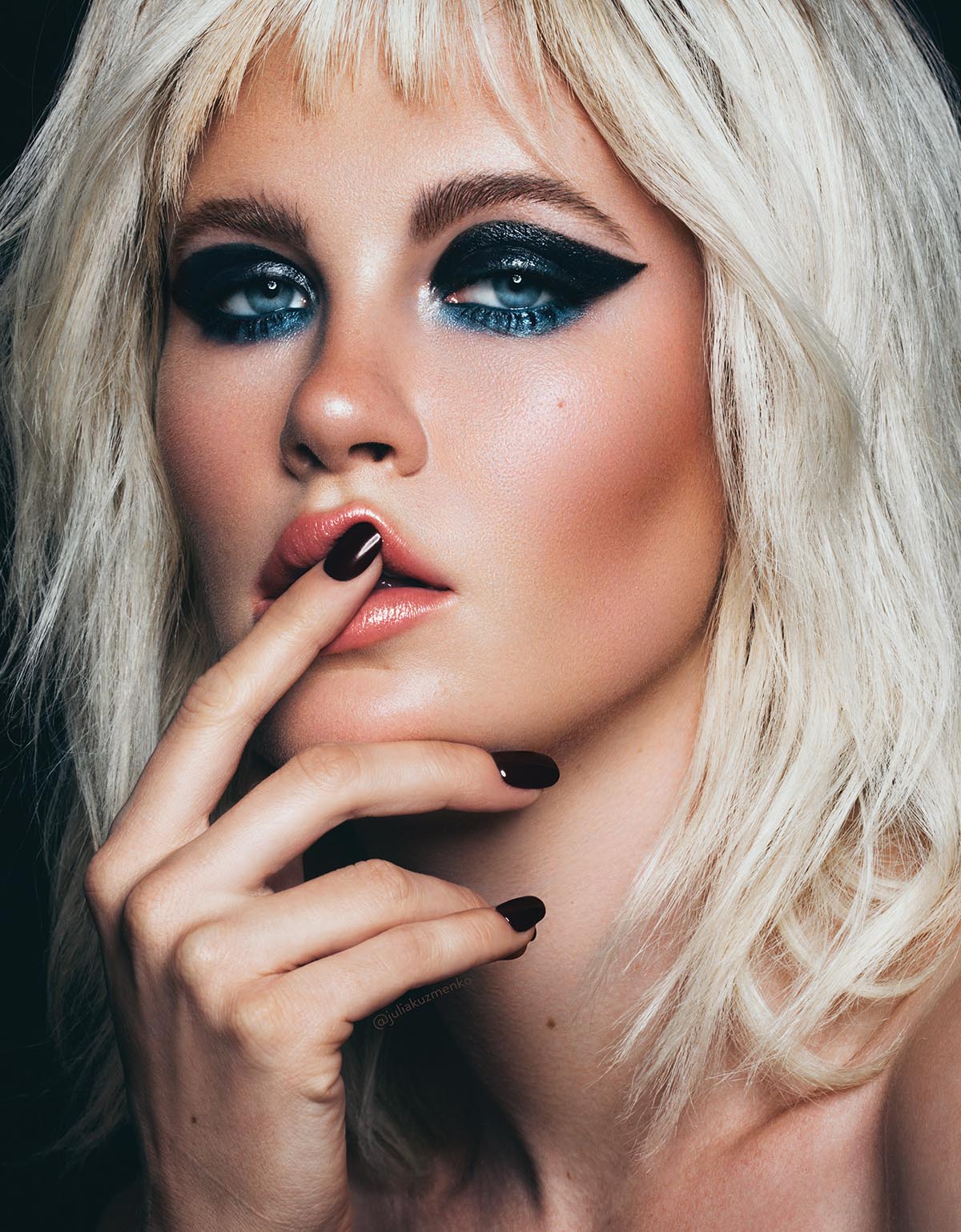
CIRCLING BACK
Before McKim knew anything about the beauty photography niche—before she even realized it existed—she knew the kinds of photos she wanted to make: the kind she saw in glossy fashion magazines. She left a practical but unfulfilling accounting career in Russia to enroll in a commercial photography program in Melbourne, Australia, then she moved to the United States and eventually landed in Los Angeles, her dream locale for launching a beauty photography business.
“We were so scared because of the prices,” she says of the L.A. move. “We just didn’t know if we were even going to be able to sustain our businesses and the cost of living in California.” But the risks only ratcheted up her determination to make the most of her time in this hub of creativity. She invested in a studio and equipment and networked to find hardworking makeup artists, models, and stylists to build a solid team. Her toil paid off, eventually leading to big commercial clients in the cosmetics and skincare realm, including Neutrogena, Lululemon, Urban Decay Cosmetics, and Smashbox, among others.
One of the most important things McKim has learned about beauty photography is that a photographer is only as strong as her team. While she can rotate through hair stylists for various sessions, having a dedicated and highly skilled makeup artist is crucial, as is working with experienced models who know the difference between beauty photography and fashion photography, which are completely different beasts, says McKim. She offers some lessons learned from her beauty and cosmetics photography journey.
Models Matter
Beauty photography sessions are completely different from fashion photography sessions. In fashion photography, models can move much more freely because the camera is farther from the subject. Beauty images, on the other hand, are tightly framed on the face, sometimes with a bit of the neck and shoulders showing as well. It’s important that the model has flawless skin, and because the camera is focused so closely, the model needs to be aware of the subtle nuances of her movements and how those movements affect a photo. There’s less room for error. For example, “If she is constantly tilting forward, she is messing up the lighting, and the bottom of her face is in shadow,” McKim explains.
Perhaps most important in beauty photography is that the model take direction well. Since only McKim can see how the posing, composition, and lighting are affecting the photo, she constantly communicates minute adjustments she wants from the model. Details matter. For example, McKim has found that she prefers the shoulder that’s away from the camera to be pushed down because it elongates the look of the model’s neck. This means that the shoulder closest to the camera should sit slightly higher. But if the model pulls that shoulder up instead of simply tilting her torso so that the front shoulder appears higher, it makes the muscles in her neck tense up, and the pose no longer appears effortless.
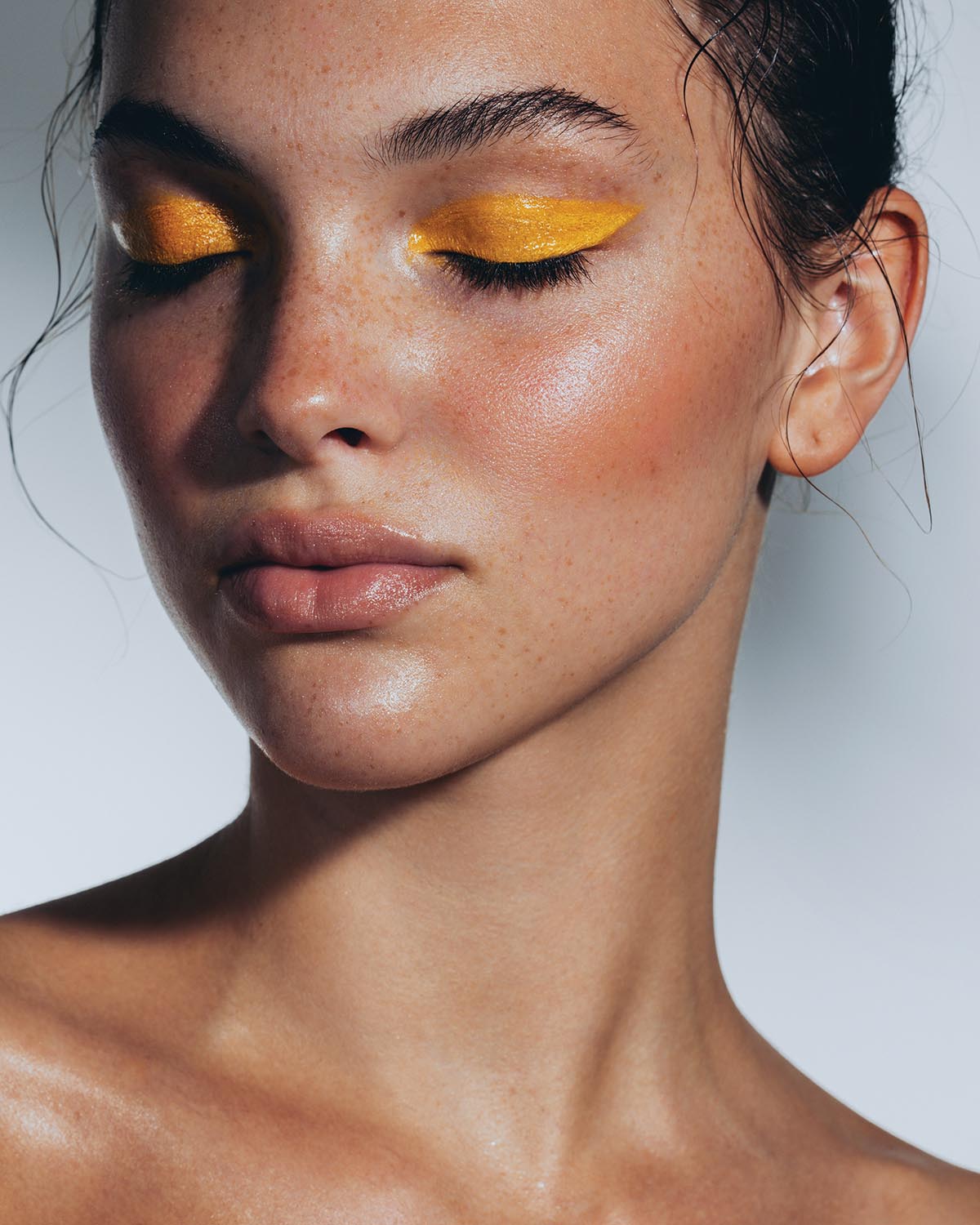
The model also needs to be able retain directives as the photographer moves onto other aspects of the posing. For example, once the model has her shoulders in proper position, she must hold that position as the photographer directs her to place her hand differently. If the model doesn’t remember what she’s been told, “We are in a circle of repeating things over and over,” McKim says.
“It’s a difficult job to be a model,” says McKim. “Every photographer has their own view of how to create beautiful imagery.” She may be giving direction that a model has never received from another photographer. What she wants is “a model that doesn’t try to argue with you and say, ‘Why are you asking me this? Not one other photographer has asked wanted this from me.’ They just go with the flow.”
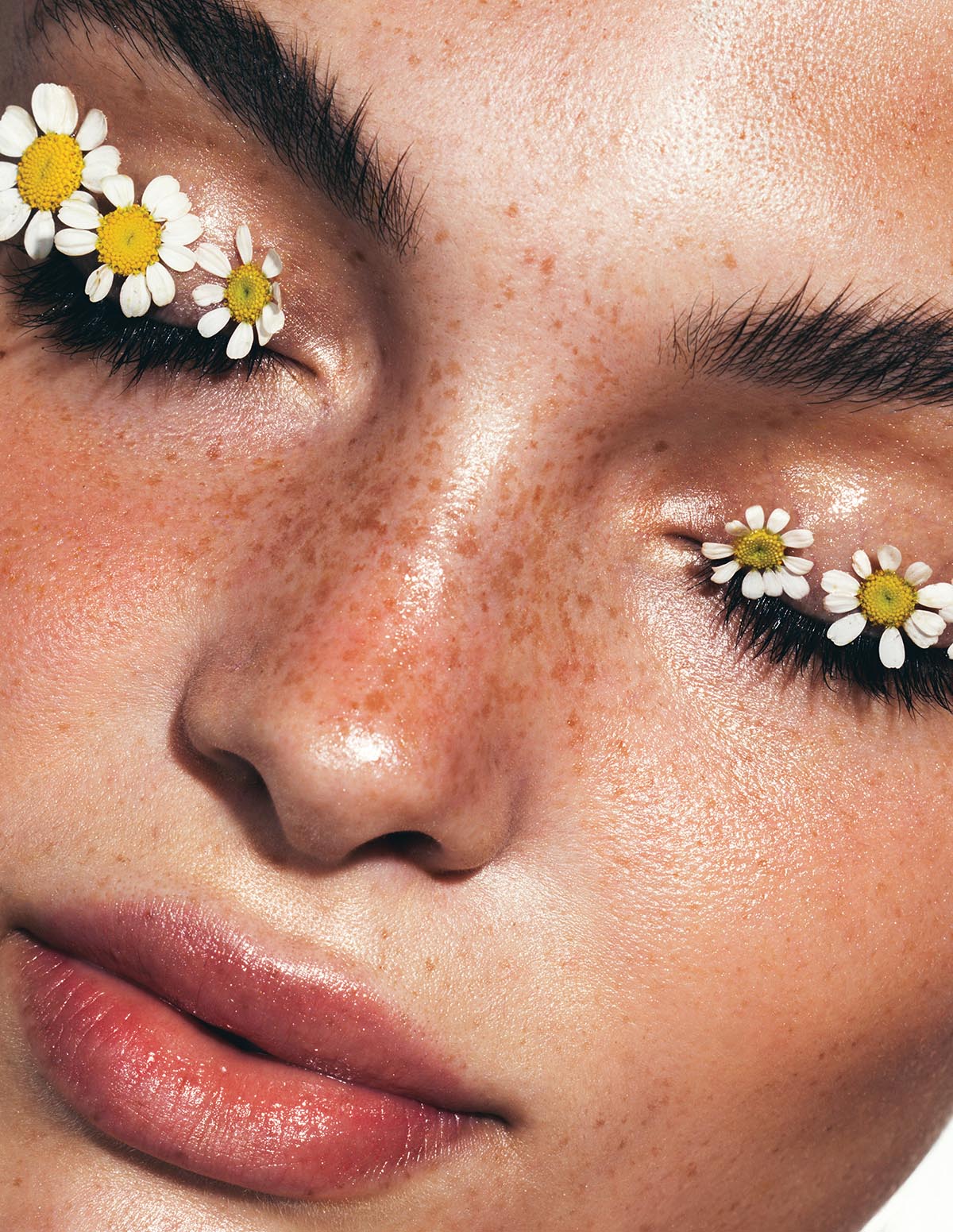
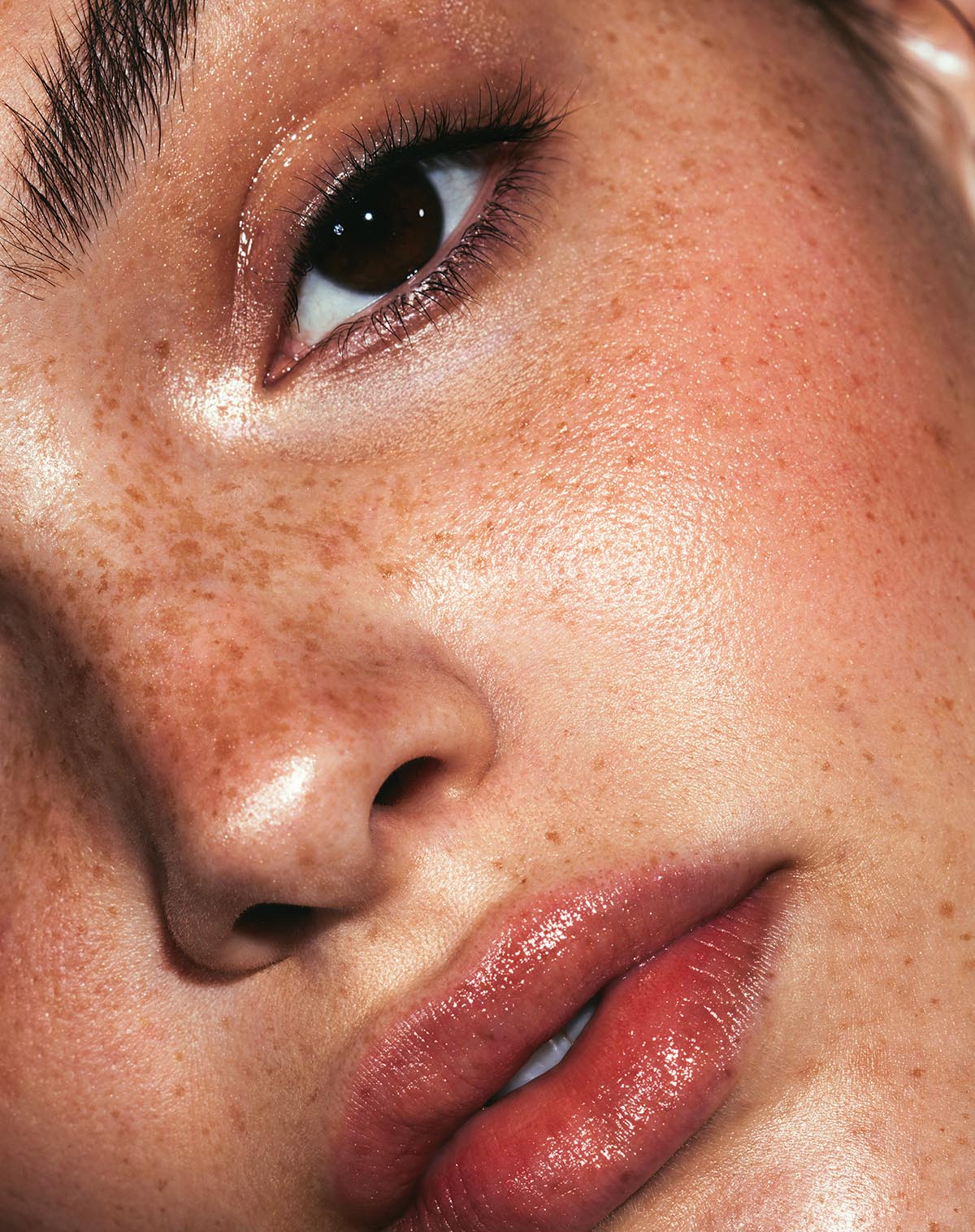
Simple is Sometimes Best
In the beginning, McKim experimented with complicated lighting setups, thinking there must be some secret to great lighting for beauty photography. But she’s found that simple is best. These are her favorite setups.
Main light. She uses Broncolor Siros 800 strobes either directly in front of the model or 45 degrees to either side and about 45 degrees above her line of sight. McKim stands under the light, making sure the catchlights are in the upper part of the irises in the model’s eyes and that the eyelashes are not blocking the light. “If I don’t see the light in the model’s eyes, I will reposition her so that both eyes are catching the light,” she explains.
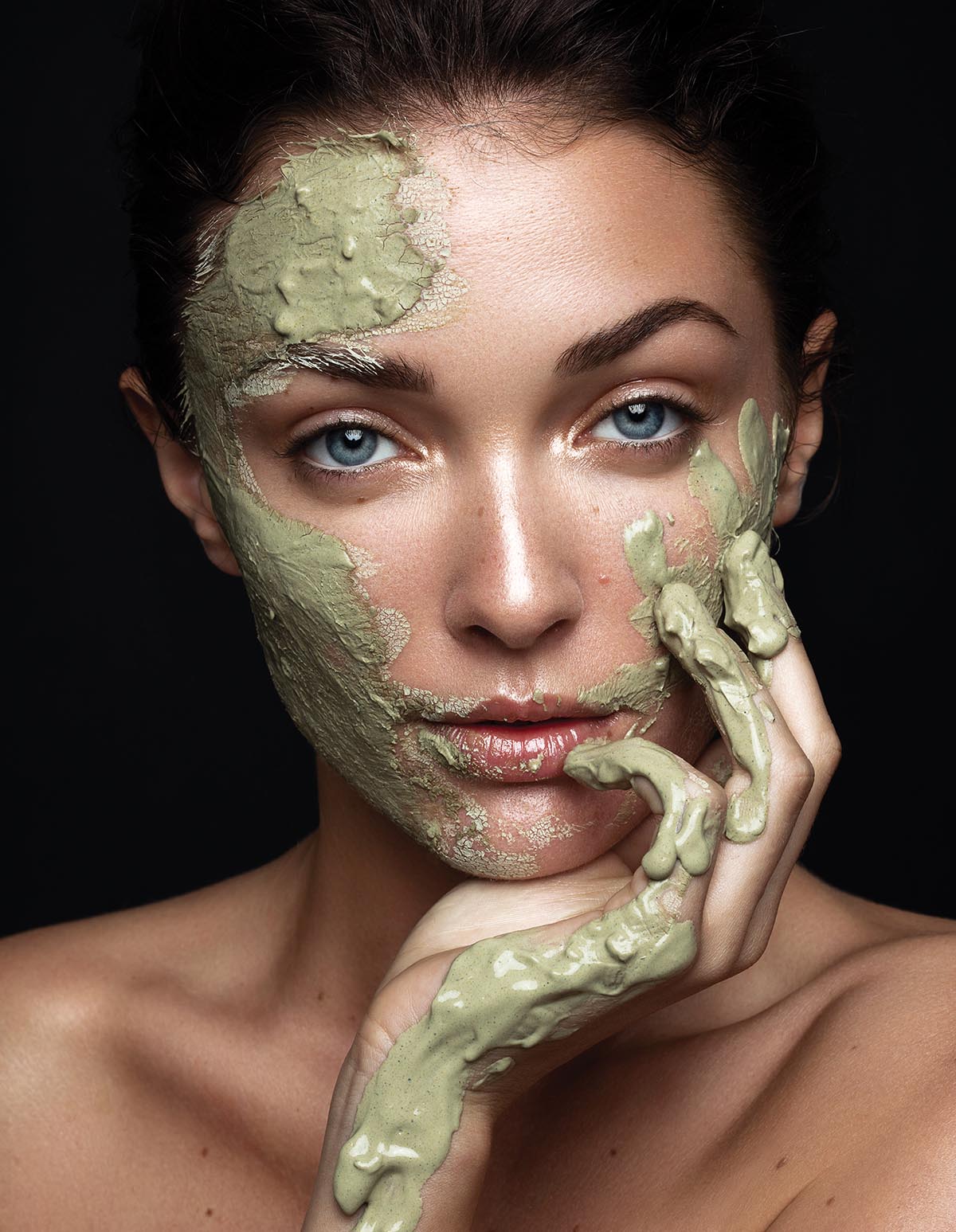
Modifier. Her favorite is a Broncolor 88-inch parabolic umbrella. The focus tube inside the umbrella allows her to move the light forward and back, which changes how the light spreads onto the subject. Pulling the strobe further inside the umbrella creates a more focused, harder light, while pushing the strobe out creates more light that’s also softer. “That one light modifier gives you that much versatility,” she says. And either way, the light is always brilliant, she says. “It’s silver on the inside and gives you those beautiful dewy sparkly highlights on the skin, on the makeup, and on the eyes.”
Fill light. Sometimes, for example if she has a subject with uneven skin, she will balance that texture by adding soft box fill light. If the main light is at a 45-degree angle to her right, then the soft box is placed to her left and set at a much lower power.
Background. Sometimes a client requests a color background, in which case McKim uses a colored seamless backdrop. For a more even color tone on the background, she uses two strobes behind the model pointed at the background on both sides of the model’s head.
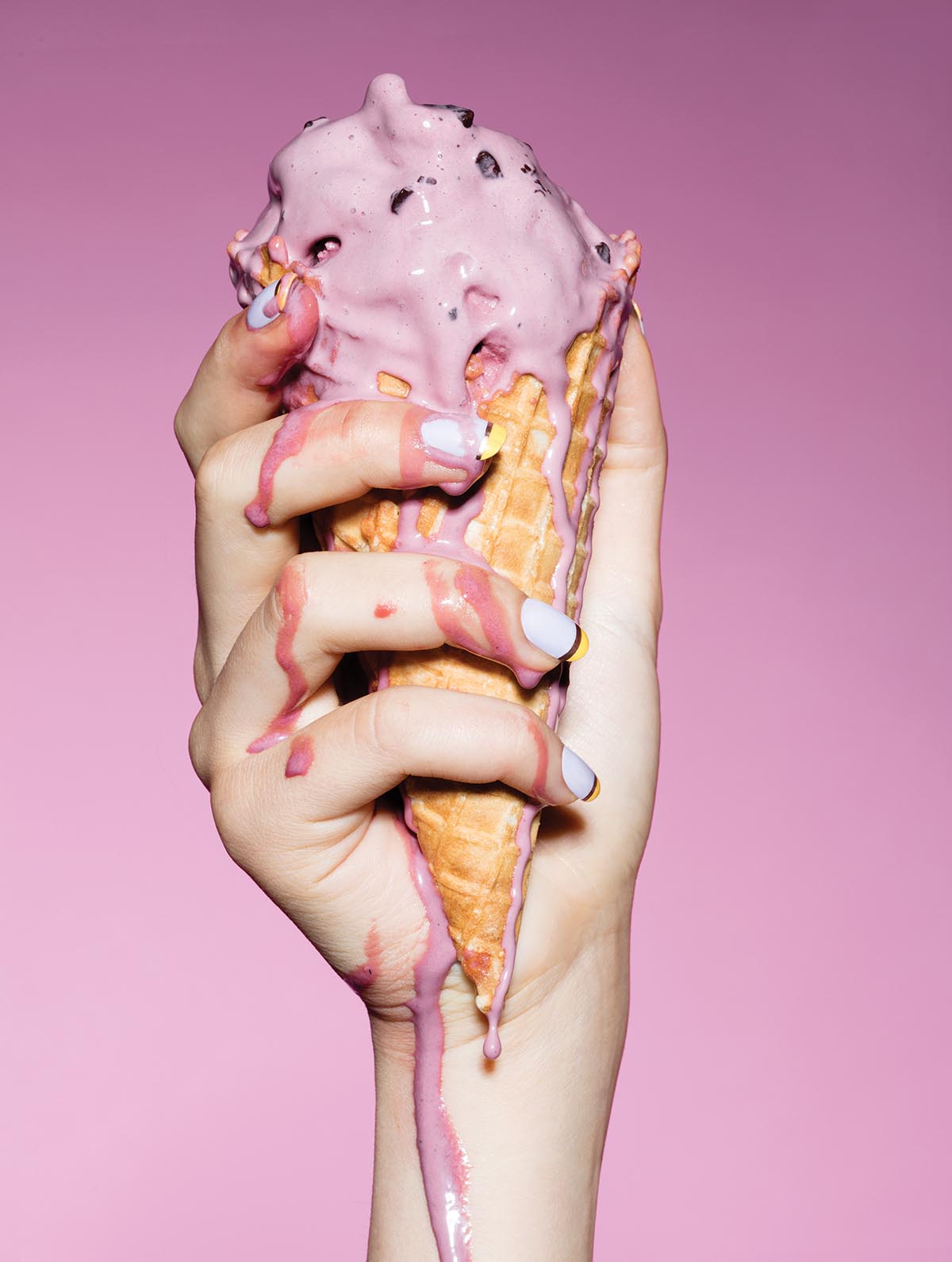
McKim emphasizes that she didn’t purchase high-end brand lighting equipment, like her $5,000 Broncolor parabolic umbrella, until she landed big jobs with noteworthy cosmetic companies and had the financial means to make those purchases. “Once I was getting hired by those brands, I realized that now I actually had to have quality equipment, not only because I need to make sure everything is reliable, but it was also a nuance important for my professional reputation,” she says. “I could not show up at an Urban Decay [shoot] with a no-name brand type of lighting or a cheaper camera.” You don’t need expensive equipment to break into commercial photography for big brands, she says, but once you make it to that level, it’s time to use that financial boost to level up your equipment as well.
Amanda Arnold is a senior editor.

 View Gallery
View Gallery

